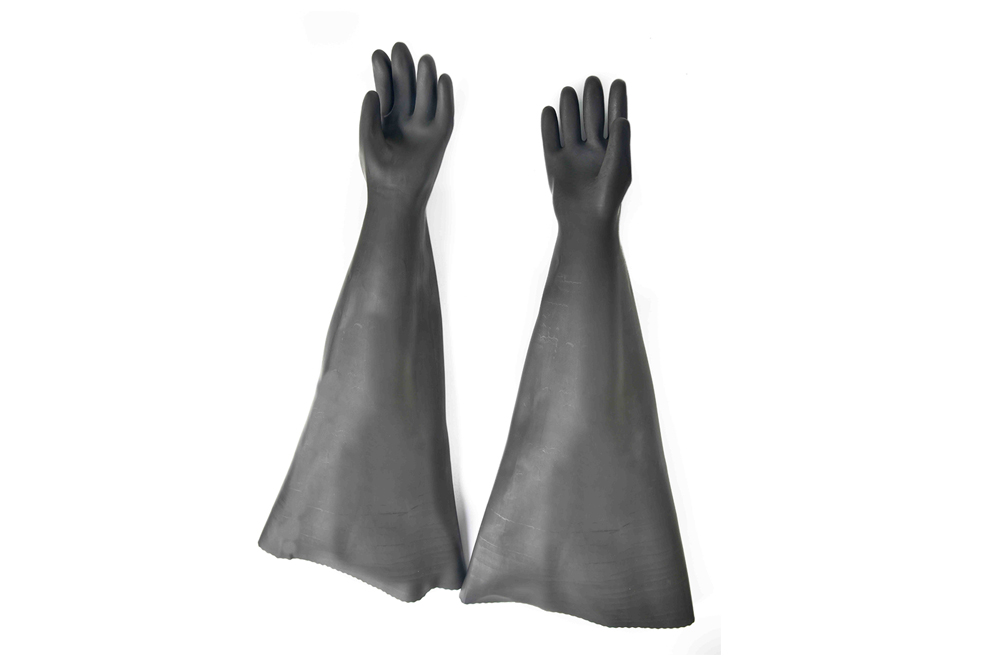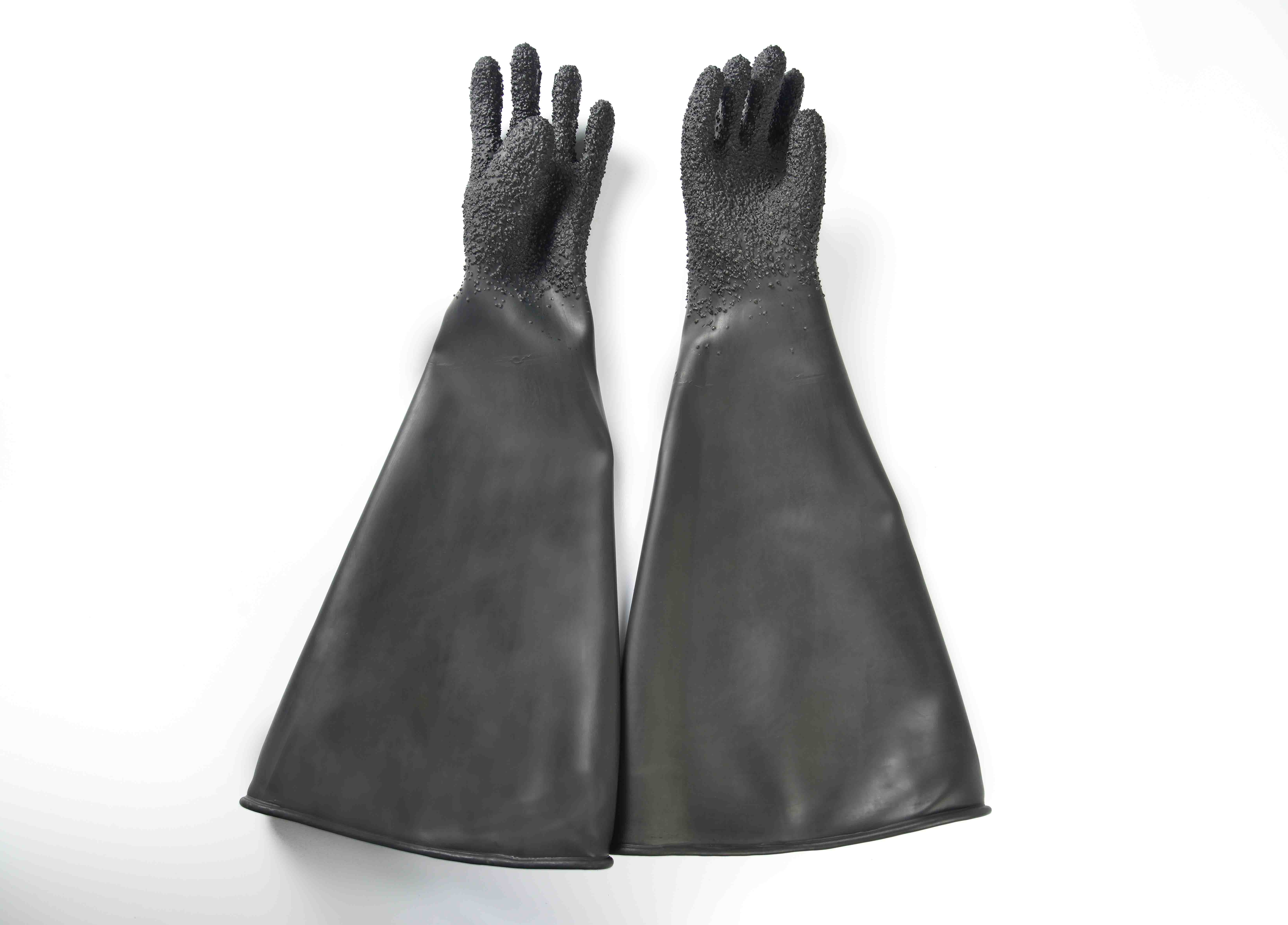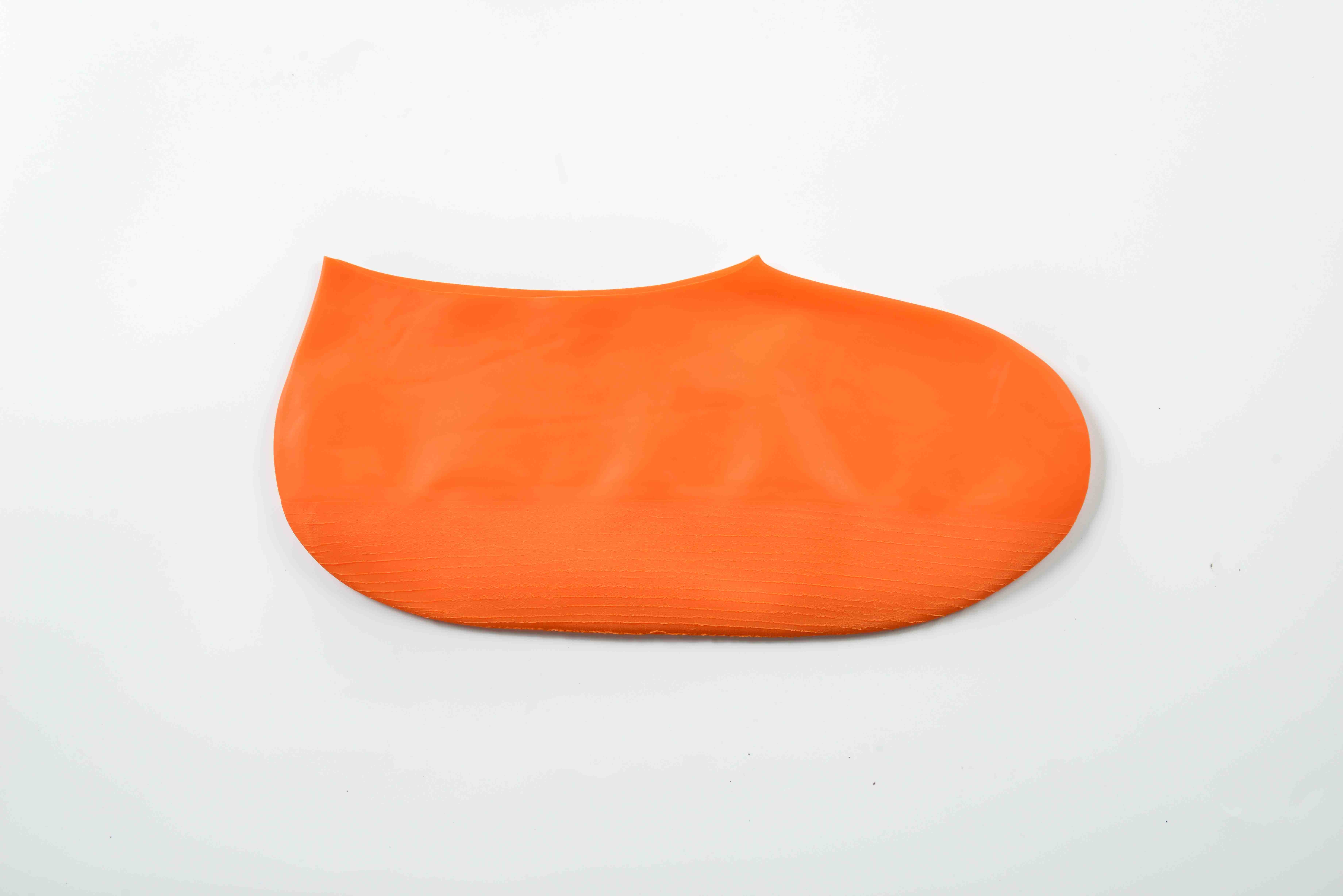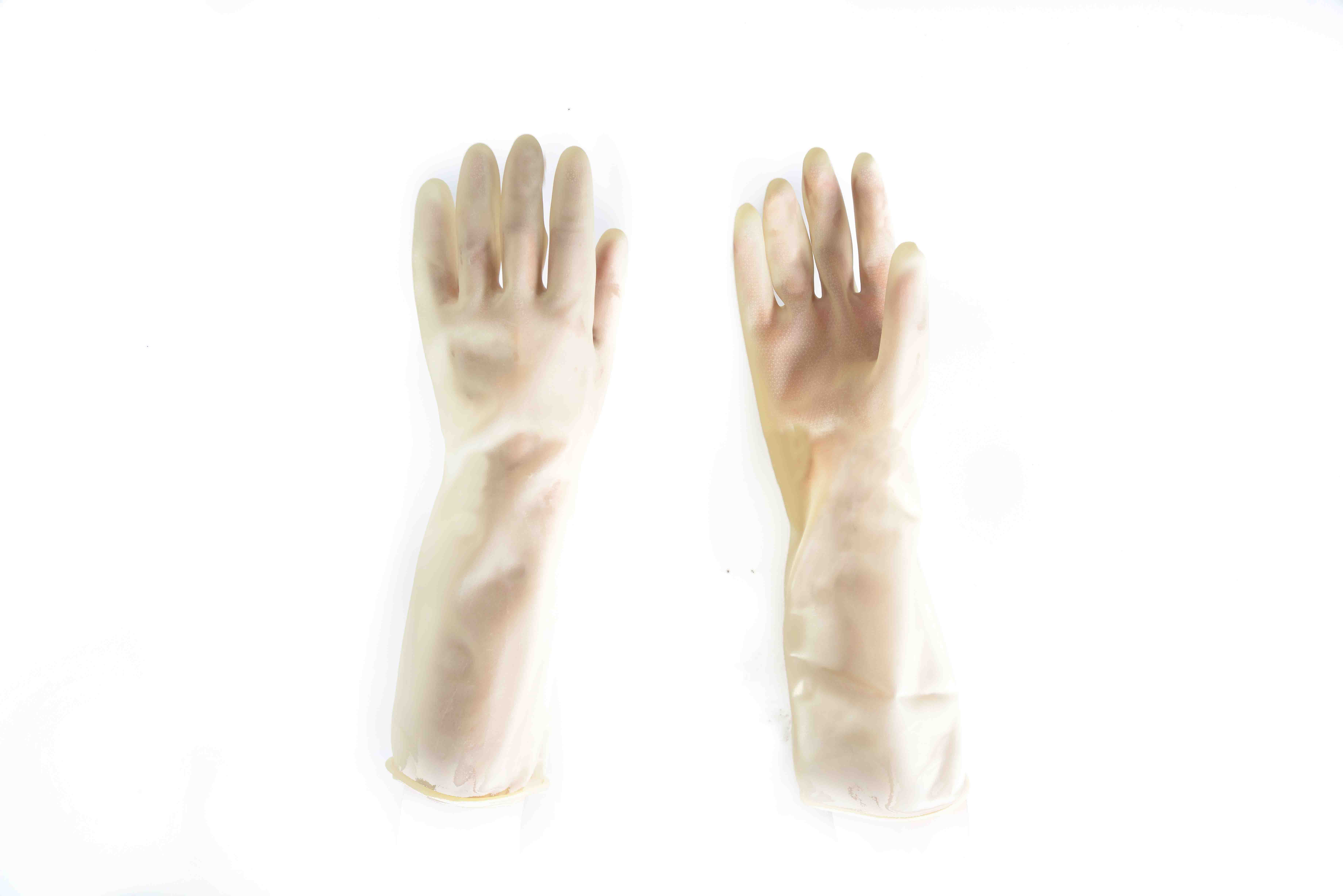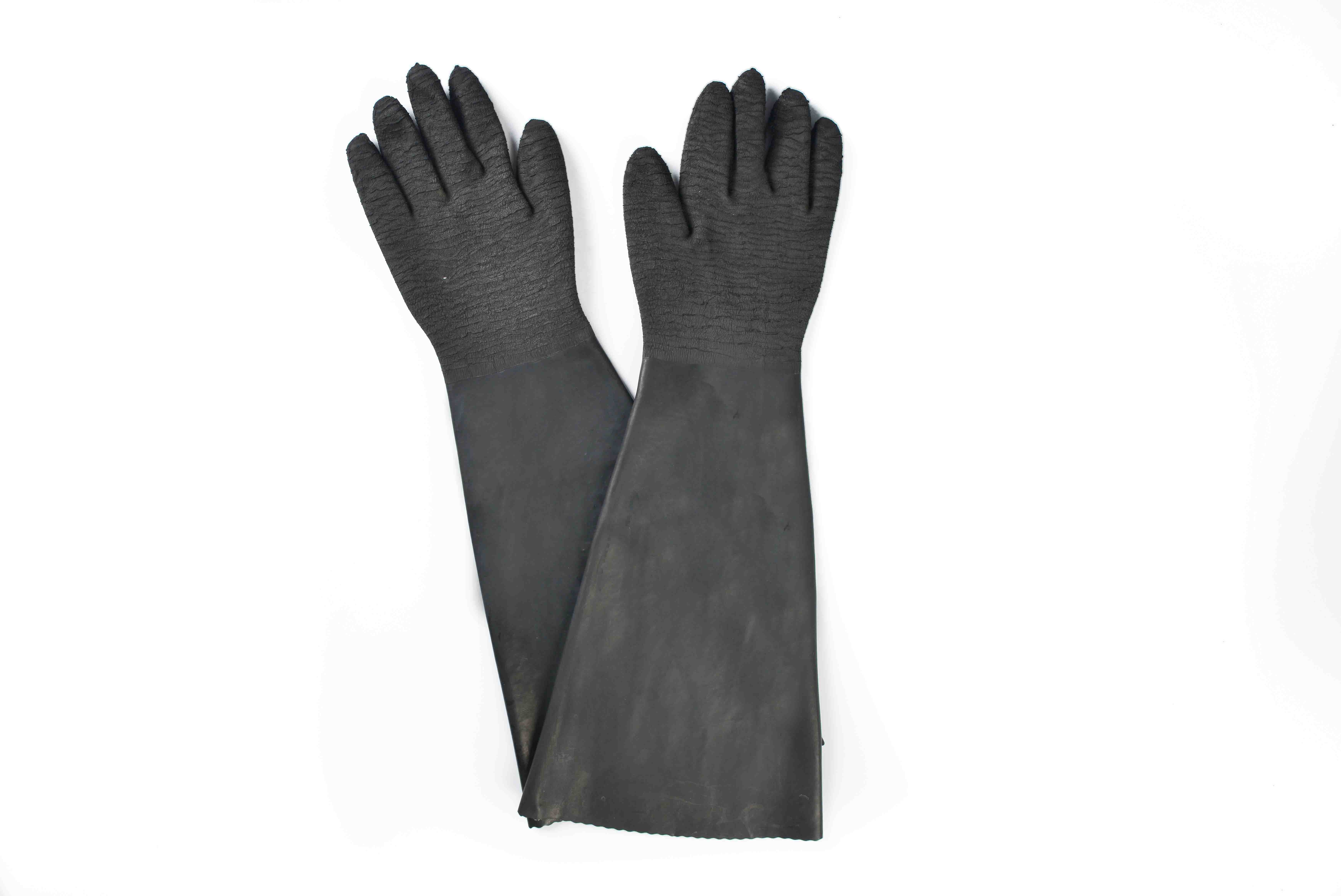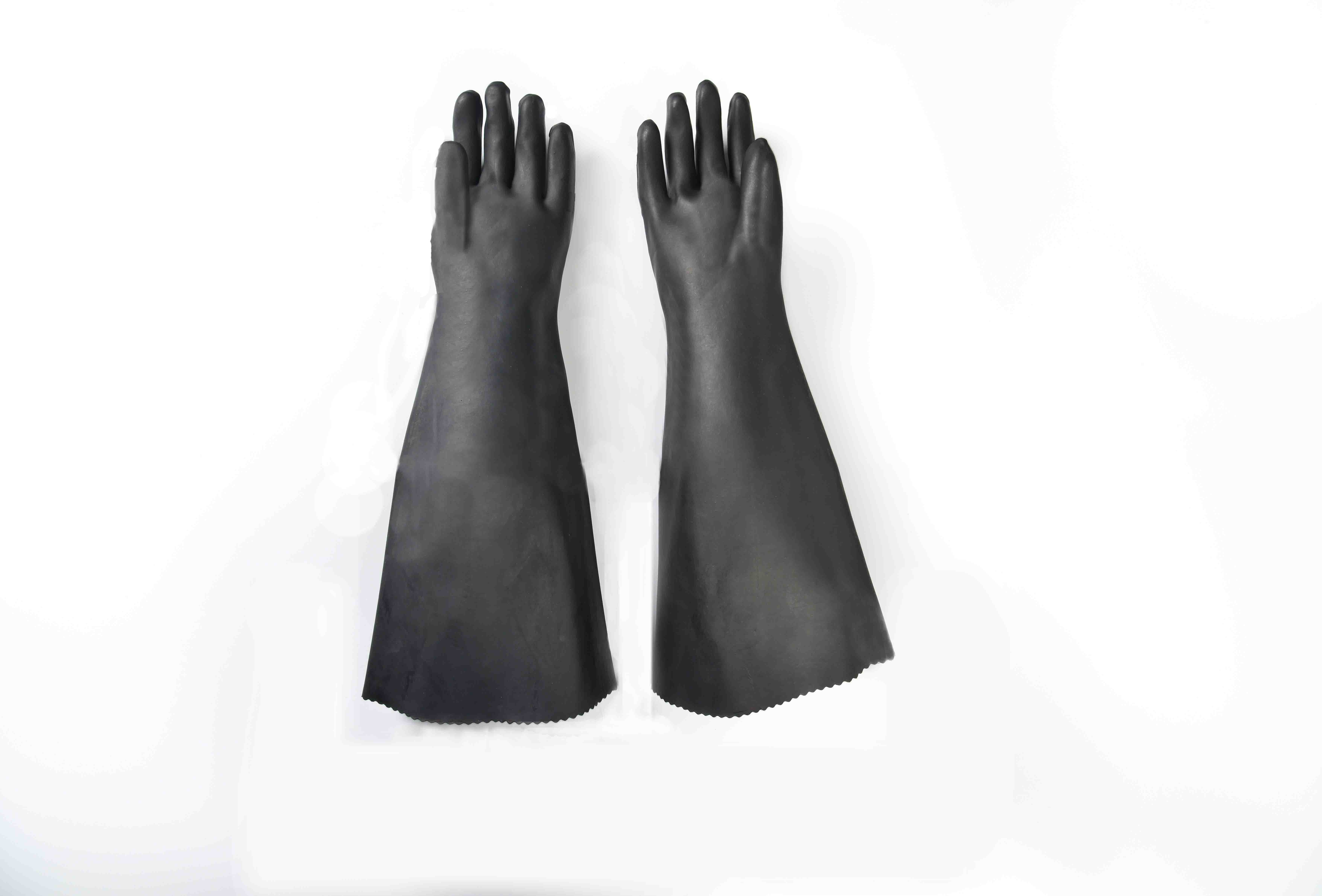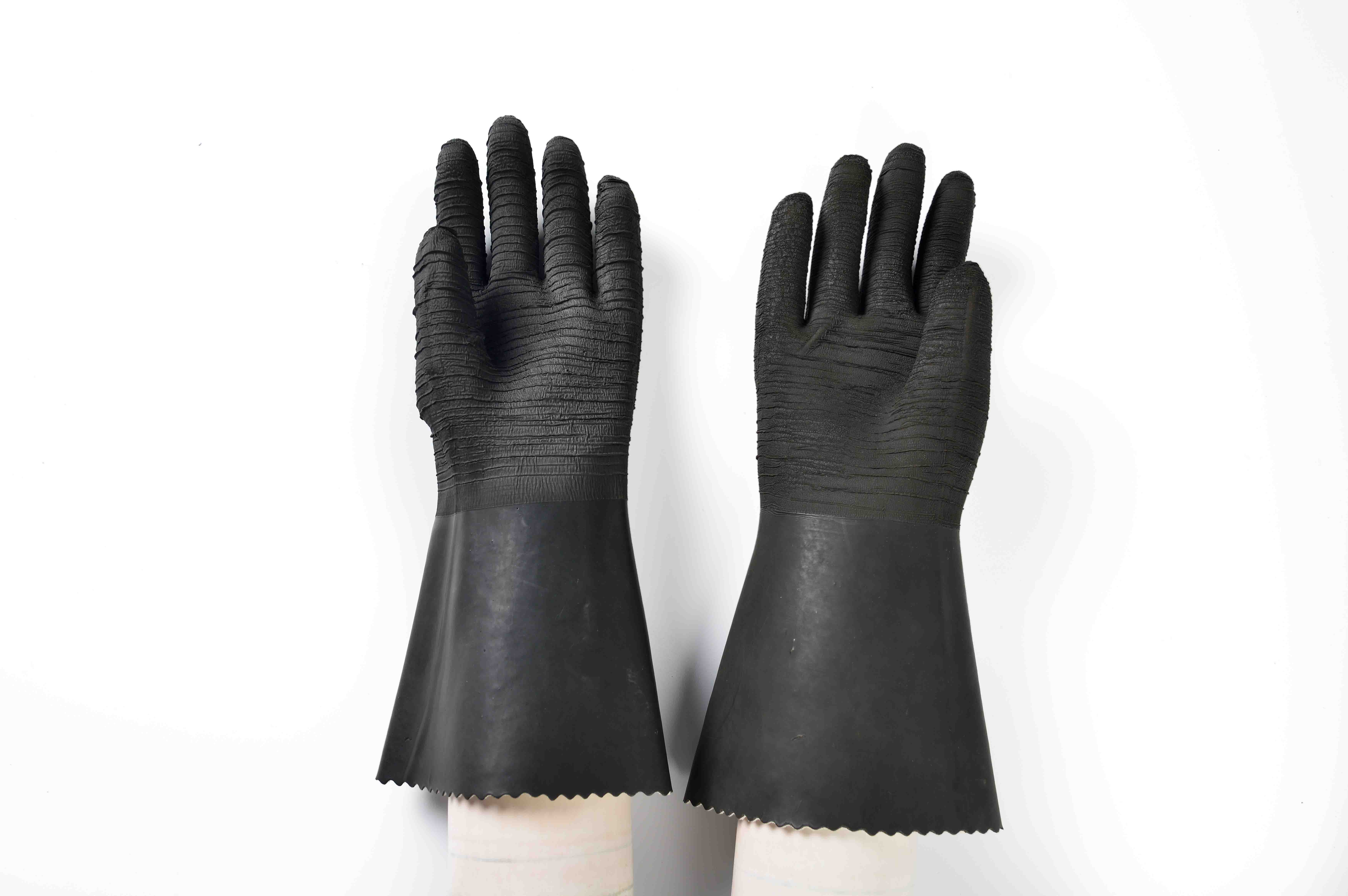Factory Supplier for 32″ Large cuff rubber glove supply for European
Short Description:
Heavy duty rubber glove, made of 100% natural latex. 32″ length(82cm), smooth finish, seamless, no cotton lining, left/right hand, cuff perimeter:75cm, 800g/pair, 50pairs/case.
Product Detail
FAQ
Product Tags
It adheres to the tenet "Honest, industrious, enterprising, innovative" to develop new products constantly. It regards customers, success as its own success. Let us develop prosperous future hand in hand ! Factory Supplier for 32″ Large cuff rubber glove supply for European, We encourage you to make contact as we are looking for partners in our venture. We are sure you will find doing business with us not only fruitful but also profitable. We are ready to serve you with what you require.
Heavy duty rubber glove, made of 100% natural latex. 32″ length(82cm), smooth finish, seamless, no cotton lining, left/right hand, cuff perimeter:75cm, 800g/pair, 50pairs/case.
FAQ Content
Thanks for your watching this video.
Best Price Availble On: http://amzn.to/2lCu59s

